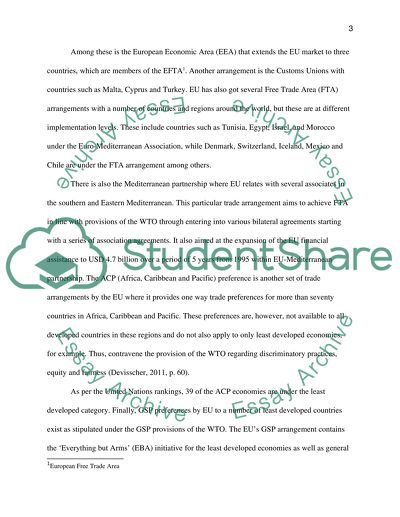Cite this document
(“Do EU trade policies help or hurt developing countries Essay”, n.d.)
Retrieved from https://studentshare.org/macro-microeconomics/1398893-do-eu-trade-policies-help-or-hurt-developing
Retrieved from https://studentshare.org/macro-microeconomics/1398893-do-eu-trade-policies-help-or-hurt-developing
(Do EU Trade Policies Help or Hurt Developing Countries Essay)
https://studentshare.org/macro-microeconomics/1398893-do-eu-trade-policies-help-or-hurt-developing.
https://studentshare.org/macro-microeconomics/1398893-do-eu-trade-policies-help-or-hurt-developing.
“Do EU Trade Policies Help or Hurt Developing Countries Essay”, n.d. https://studentshare.org/macro-microeconomics/1398893-do-eu-trade-policies-help-or-hurt-developing.


